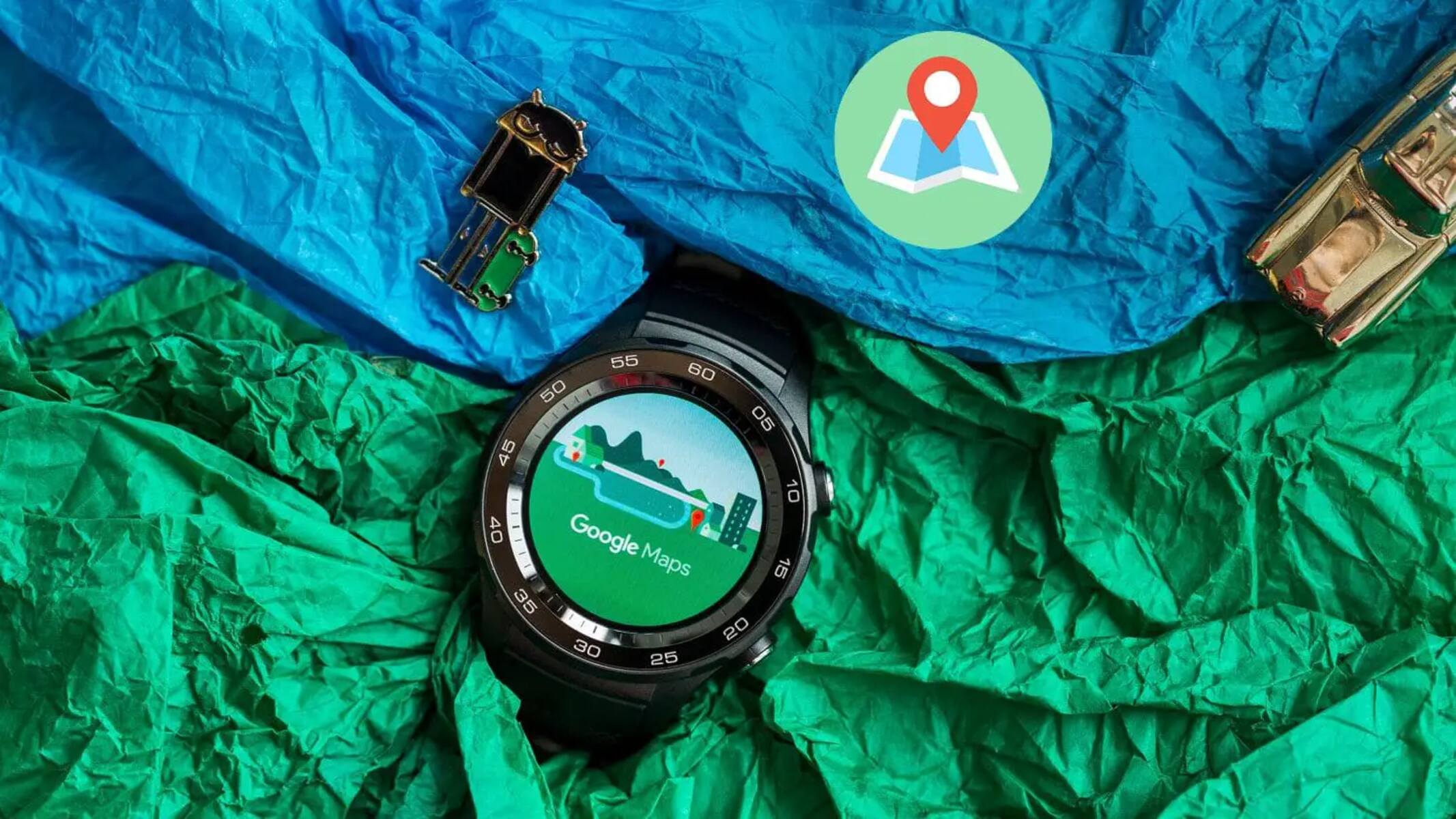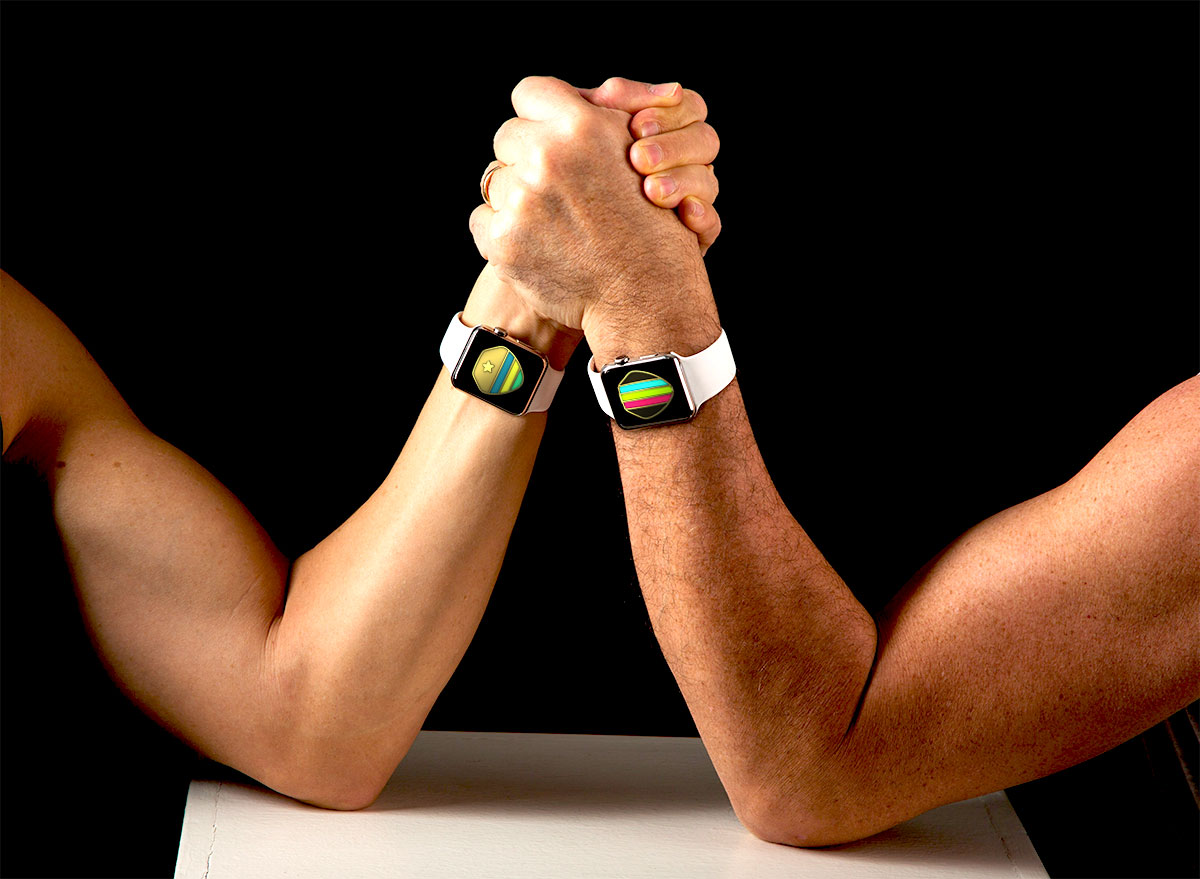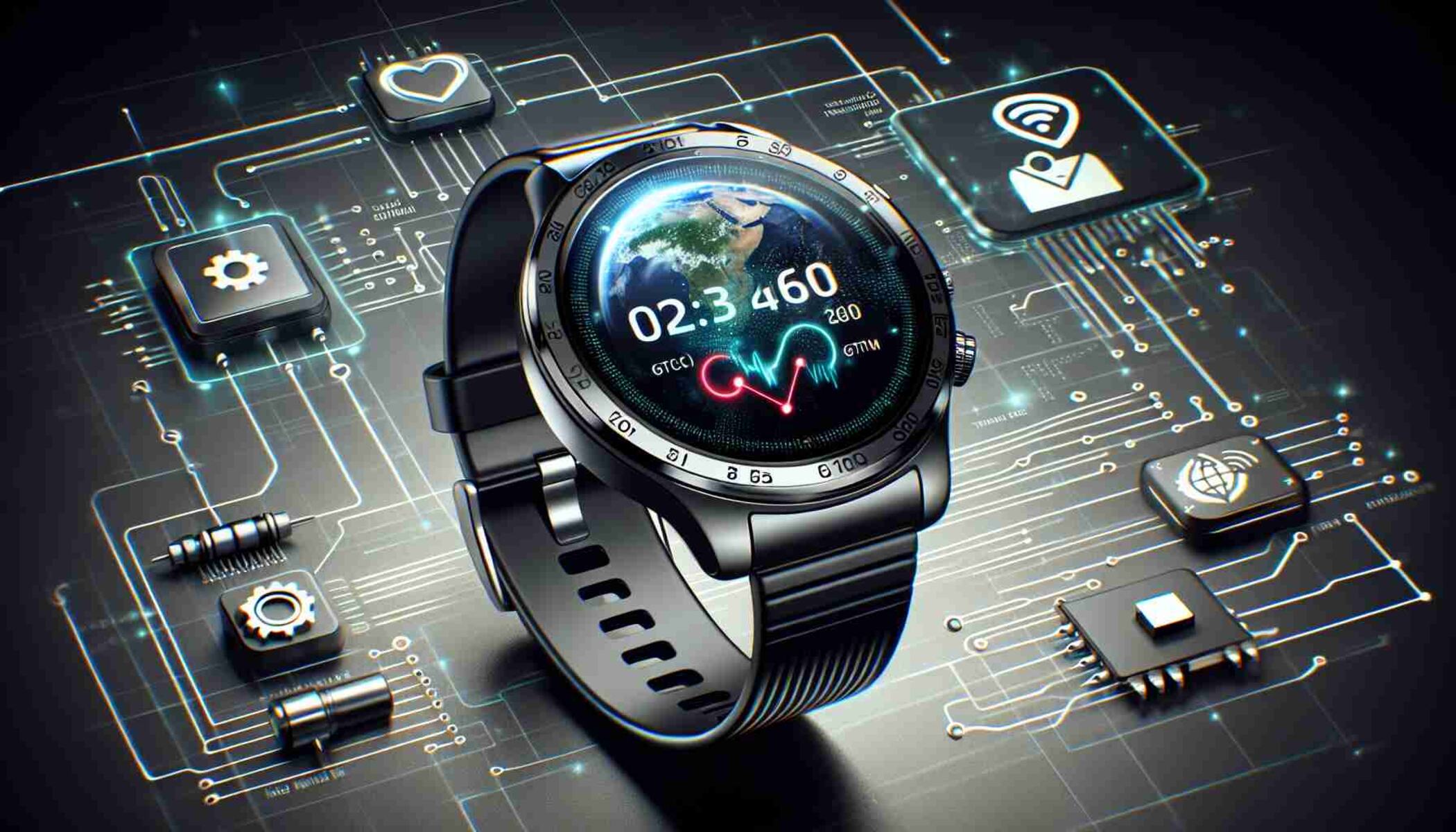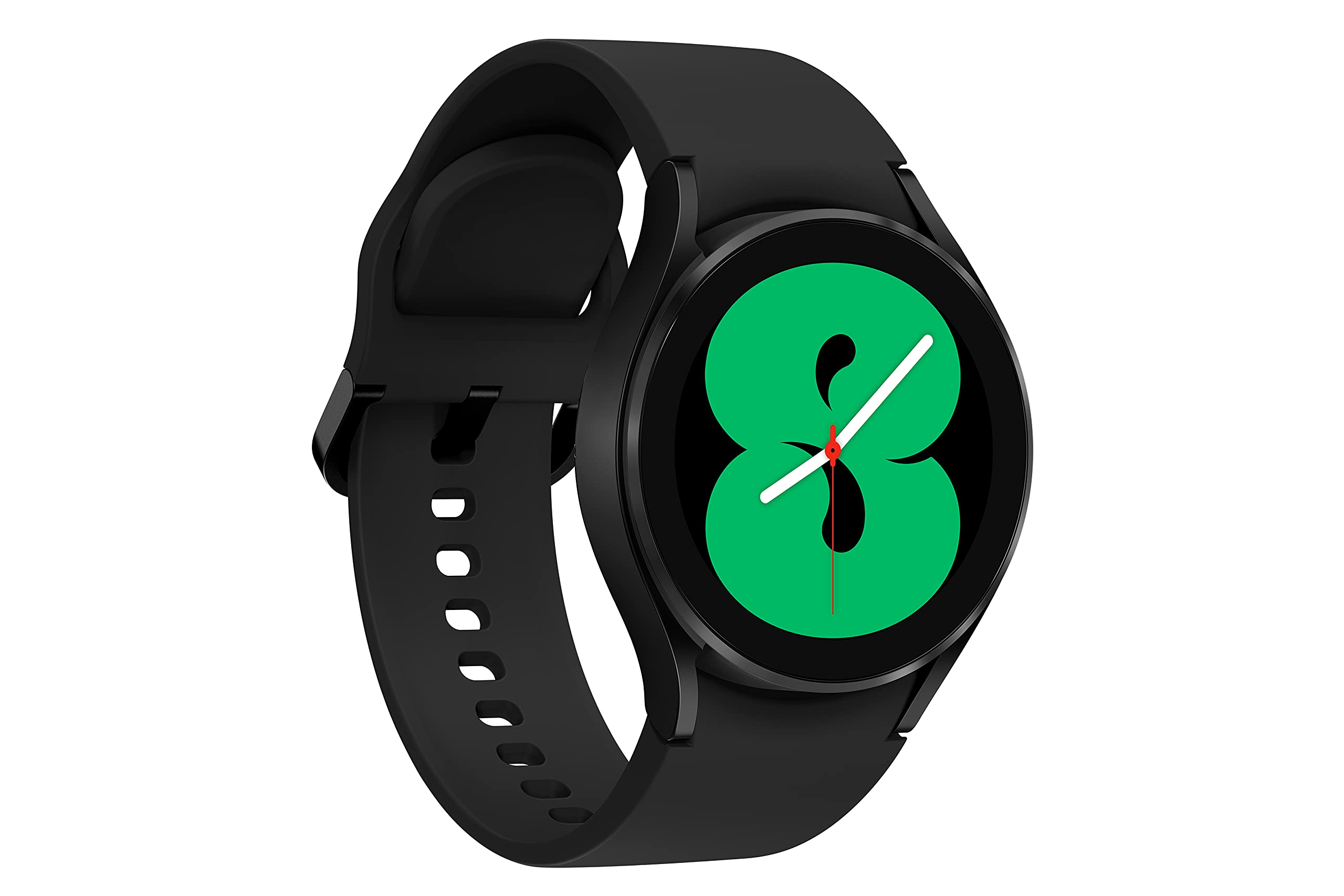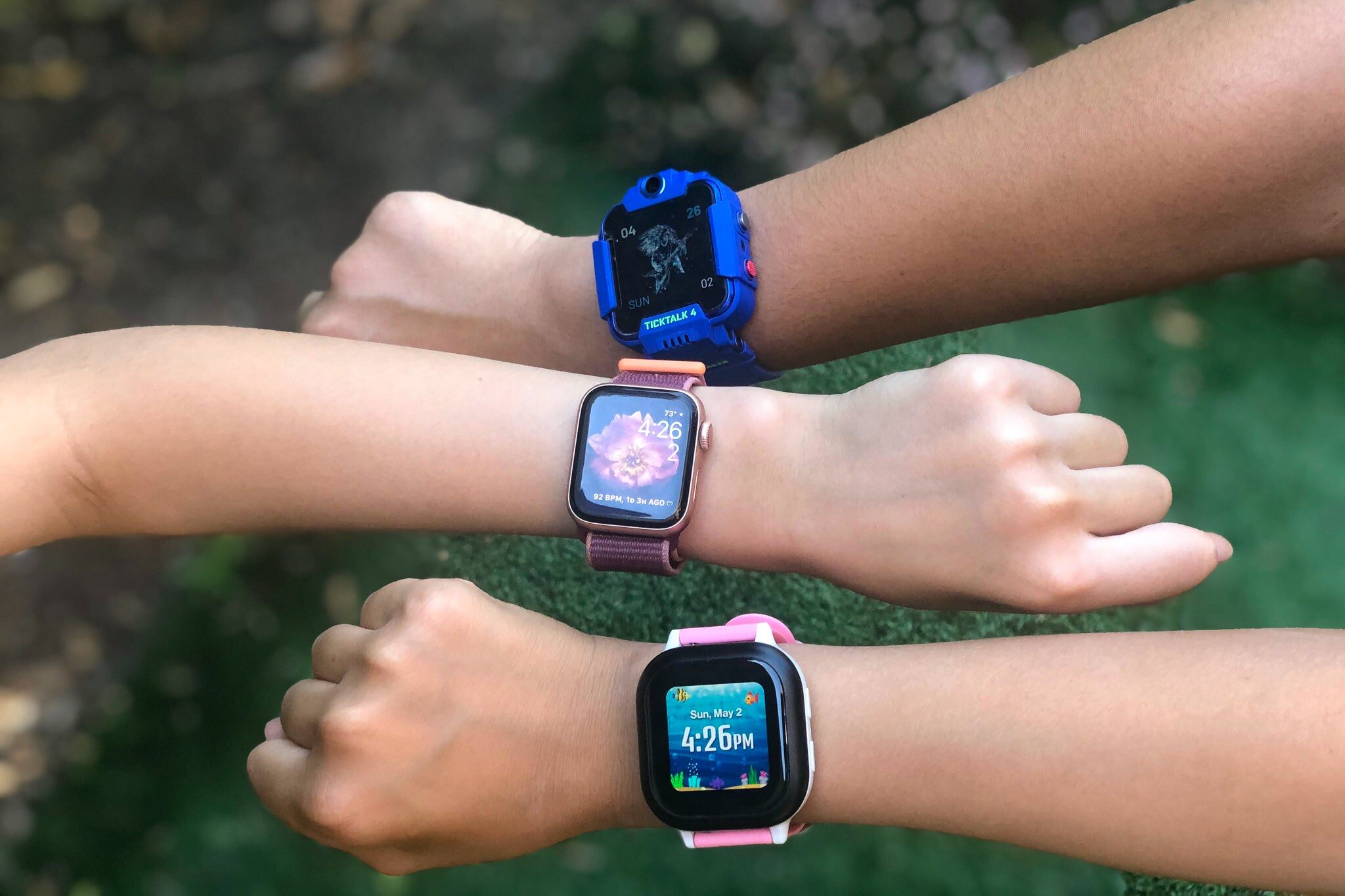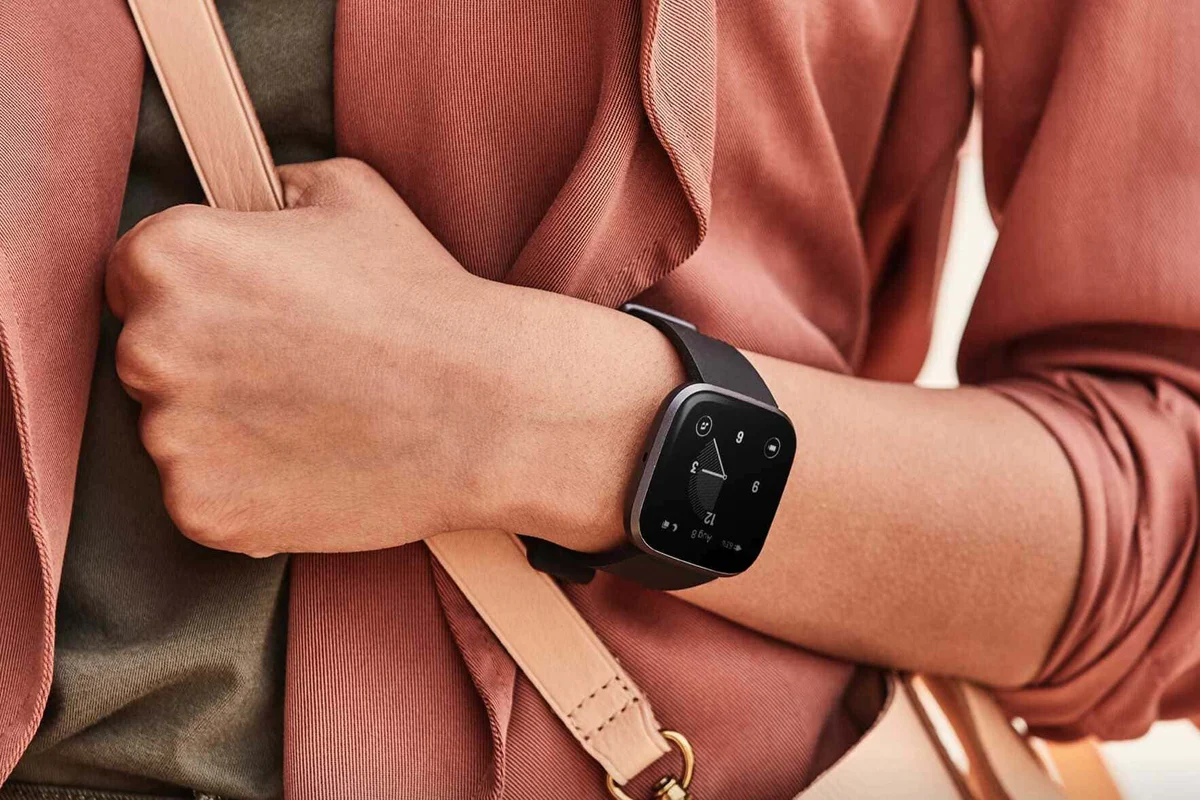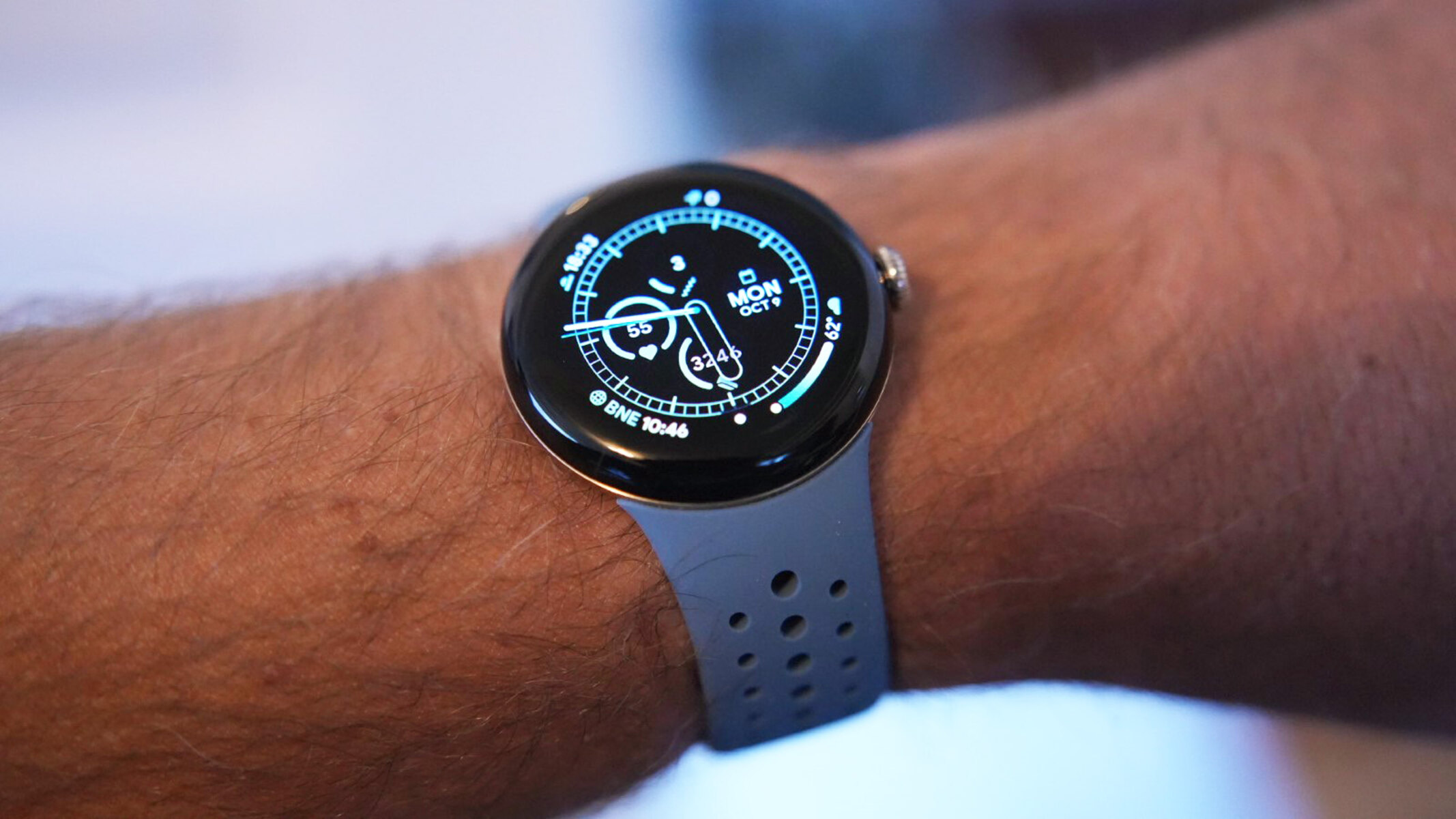What is GPS?
GPS, or Global Positioning System, is a satellite-based navigation system that enables users to determine their precise location anywhere on the planet. This revolutionary technology utilizes a network of orbiting satellites to provide real-time positioning and timing information to GPS receivers, including those integrated into smartwatches.
At its core, GPS functions as a constellation of satellites orbiting the Earth, continuously transmitting signals to ground-based GPS receivers. These signals contain essential data that allows the receivers to calculate their exact location, speed, and elevation. By triangulating signals from multiple satellites, GPS receivers can accurately pinpoint their position with remarkable precision.
The GPS system operates through a sophisticated process involving precise timing and trilateration. Each satellite transmits a unique signal containing its location and the precise time the signal was sent. When the GPS receiver captures these signals, it uses the differences in time and the speed of light to calculate the distance from each satellite. By combining this information from multiple satellites, the receiver can determine its exact position on Earth.
In essence, GPS empowers smartwatches with the capability to provide location-based services, such as mapping, navigation, fitness tracking, and location-specific alerts. This technology has revolutionized the way we navigate and interact with our surroundings, offering unparalleled convenience and functionality in a compact and wearable form factor.
The integration of GPS into smartwatches has significantly expanded their utility, enabling users to track their outdoor activities, monitor their exercise routines, and navigate unfamiliar terrain with confidence. Whether hiking through rugged landscapes, cycling along scenic routes, or simply exploring new neighborhoods, the inclusion of GPS on smartwatches has transformed them into indispensable companions for outdoor enthusiasts and fitness enthusiasts alike.
By leveraging the power of GPS technology, smartwatches have transcended their traditional role as timekeeping devices, evolving into multifaceted tools that empower users to explore and engage with the world around them in unprecedented ways.
Intriguingly, the utilization of GPS on smartwatches extends beyond recreational and fitness applications, encompassing a wide array of practical uses in everyday life. From providing accurate location-based weather forecasts to facilitating efficient ride-sharing services, GPS-equipped smartwatches have seamlessly integrated into our daily routines, enhancing convenience and connectivity.
The widespread adoption of GPS technology has not only revolutionized the functionality of smartwatches but has also fostered a new era of location-aware and contextually intelligent wearable devices, enriching the lives of users across diverse domains.
How does GPS work on smartwatches?
GPS functionality on smartwatches operates through a seamless integration of hardware and software, enabling these wearable devices to harness the power of satellite navigation for a myriad of applications. The incorporation of GPS technology into smartwatches has unlocked a wealth of possibilities, empowering users to accurately track their location, monitor their physical activities, and navigate with confidence.
Smartwatches equipped with GPS feature specialized hardware components, including a dedicated GPS receiver, which actively communicates with satellites to obtain precise positioning data. This receiver captures signals from multiple satellites and utilizes advanced algorithms to calculate the watch’s exact geographic coordinates, speed, and elevation. The resulting location information is then seamlessly integrated into the smartwatch’s software ecosystem, enabling users to access real-time GPS data through intuitive interfaces and applications.
Upon receiving signals from the GPS satellites, the smartwatch’s software processes the data to determine the user’s location and visualize it on the device’s display. This real-time positioning information is often presented through interactive maps, providing users with a clear overview of their surroundings and the ability to plan routes, track movements, and explore points of interest.
Furthermore, the GPS functionality on smartwatches facilitates accurate distance and speed tracking during physical activities such as running, cycling, or hiking. By leveraging GPS data, smartwatches can provide detailed insights into workout metrics, including distance covered, pace, and elevation changes, empowering users to monitor and optimize their fitness routines.
One of the key advantages of GPS on smartwatches is its ability to operate independently of a paired smartphone. This autonomy allows users to leverage GPS features even in remote or outdoor environments where cellular connectivity may be limited. Whether embarking on outdoor adventures, engaging in fitness activities, or simply navigating urban landscapes, the self-contained GPS capabilities of smartwatches ensure reliable positioning and navigation support.
Moreover, the seamless integration of GPS technology into smartwatches has spurred the development of innovative applications tailored to outdoor enthusiasts, athletes, and adventurers. These specialized apps harness GPS data to deliver tailored experiences, such as trail navigation, geocaching, location-based reminders, and geotagging, enhancing the overall utility and appeal of GPS-enabled smartwatches.
As smartwatches continue to evolve, the integration of advanced GPS features promises to further enrich the user experience, offering enhanced precision, extended battery life, and augmented location-based services. The synergy between GPS technology and smartwatches has not only redefined personal navigation and fitness tracking but has also paved the way for a new era of location-aware wearable devices, poised to elevate the way we interact with the world around us.
Benefits of GPS on Smartwatches
The integration of GPS technology into smartwatches offers a plethora of benefits, transforming these wearable devices into indispensable companions for outdoor enthusiasts, fitness aficionados, and everyday users seeking enhanced navigation and location-based functionality.
- Accurate Location Tracking: GPS-enabled smartwatches provide precise and real-time location tracking, allowing users to navigate unfamiliar terrain, track outdoor activities, and access location-specific information with confidence.
- Independent Navigation: With autonomous GPS functionality, smartwatches can provide navigation support without relying on a paired smartphone or cellular connectivity, ensuring uninterrupted access to location-based services in remote or off-grid environments.
- Enhanced Fitness Tracking: The inclusion of GPS enables smartwatches to deliver accurate distance, speed, and elevation data during physical activities, empowering users to monitor and optimize their workouts with detailed insights and performance metrics.
- Safety and Security: GPS-equipped smartwatches offer valuable safety features, such as location sharing and emergency assistance, providing users with peace of mind during outdoor adventures and ensuring swift response in case of unforeseen circumstances.
- Geotagging and Location-Based Reminders: Smartwatches leverage GPS data to enable geotagging of photos, location-based reminders, and contextual alerts, enhancing productivity and convenience in daily life by seamlessly integrating location information into various tasks and applications.
- Exploration and Adventure: For outdoor enthusiasts, GPS on smartwatches facilitates trail navigation, geocaching, and exploration of points of interest, fostering a sense of adventure and discovery while providing essential location guidance.
- Efficient Ride and Activity Tracking: GPS-enabled smartwatches enhance the accuracy of ride-sharing services, activity tracking, and route planning, offering users a comprehensive and reliable platform for managing their transportation and fitness-related endeavors.
- Location-Aware Applications: The integration of GPS technology has spurred the development of innovative location-aware applications, catering to diverse interests and activities, and enriching the overall utility and appeal of smartwatches in various contexts.
Overall, the incorporation of GPS technology into smartwatches transcends mere navigation and location tracking, empowering users with a versatile suite of features that enhance safety, fitness monitoring, productivity, and the overall experience of engaging with the world around them. By seamlessly integrating GPS capabilities, smartwatches have become indispensable tools for users seeking to embrace an active lifestyle, explore new horizons, and stay connected with their surroundings in meaningful and impactful ways.
Limitations of GPS on Smartwatches
While GPS technology has revolutionized the functionality of smartwatches, it is essential to acknowledge the limitations that accompany its integration, shaping a comprehensive understanding of its capabilities and constraints.
- Battery Consumption: GPS operation can significantly impact the battery life of smartwatches, especially during continuous use for activities such as extended navigation or fitness tracking. Users may need to manage power consumption judiciously to optimize the device’s longevity between charges.
- Signal Reception: In urban canyons, dense forests, or other obstructed environments, GPS signal reception on smartwatches may be compromised, leading to reduced accuracy or intermittent connectivity. Users should be mindful of potential signal disruptions in challenging geographic or environmental conditions.
- Initialization Time: Smartwatches with GPS functionality may require initial satellite acquisition and synchronization, leading to a brief delay before accurate positioning data becomes available. This initialization period should be considered when planning time-sensitive activities or navigation.
- Data Accuracy: While GPS provides impressive accuracy in open environments, its precision may diminish in densely populated urban areas, indoor settings, or areas with limited satellite visibility. Users should be aware of potential inaccuracies when relying on GPS data in challenging locations.
- Dependence on Satellite Visibility: GPS operation on smartwatches is contingent on clear visibility of multiple satellites to ensure accurate positioning. In scenarios where satellite visibility is obstructed, such as within buildings or beneath dense foliage, the reliability of GPS data may be compromised.
- Environmental Interference: Environmental factors such as atmospheric conditions, electromagnetic interference, or topographical obstructions can affect GPS signal reception and accuracy, necessitating cautious interpretation of location data in dynamic or challenging settings.
- Hardware and Cost Considerations: The inclusion of GPS hardware in smartwatches may contribute to increased device complexity, size, and cost. Users should weigh the benefits of GPS functionality against potential trade-offs in device design, pricing, and overall user experience.
Despite these limitations, the integration of GPS technology into smartwatches has undeniably expanded the utility and versatility of these wearable devices, offering a compelling array of features for navigation, fitness tracking, and location-based services. By understanding the constraints of GPS on smartwatches, users can make informed decisions regarding its usage and leverage its benefits while mitigating potential challenges.
Tips for Using GPS on Smartwatches
Optimizing the usage of GPS on smartwatches entails mindful considerations and practical strategies to maximize the benefits while addressing potential challenges. By adhering to these tips, users can harness the full potential of GPS technology and elevate their experience with GPS-enabled smartwatches.
- Ensure Satellite Acquisition: When initiating GPS functionality on a smartwatch, allow sufficient time for satellite acquisition, especially when in a new location or after prolonged device inactivity. This ensures accurate positioning data and minimizes initialization delays during navigation or activity tracking.
- Conserve Battery Life: To extend the battery life of a GPS-enabled smartwatch, consider activating GPS features only when necessary, and deactivate them when not in use. Utilize power-saving modes and adjust location update intervals to strike a balance between functionality and battery efficiency.
- Utilize Offline Maps: Prior to embarking on outdoor excursions or traveling to areas with limited connectivity, download offline maps to the smartwatch. This enables access to map data without continuous reliance on live GPS signals, ensuring uninterrupted navigation in remote or offline environments.
- Understand Signal Limitations: Familiarize yourself with the potential limitations of GPS signal reception in challenging environments, such as urban areas, dense foliage, or indoor settings. Exercise caution when interpreting GPS data in obstructed locations and supplement it with visual cues and contextual awareness.
- Calibrate Fitness Tracking: When utilizing GPS for fitness tracking, calibrate the smartwatch’s settings and sensors to optimize the accuracy of distance, pace, and elevation measurements. Regularly validate GPS-derived workout data against known distances or landmarks to ensure precision.
- Stay Updated with Firmware: Periodically check for firmware updates and software enhancements for the smartwatch, including GPS-related optimizations and improvements. Keeping the device’s software up to date can enhance GPS performance and address potential issues through firmware updates.
- Plan for Signal Interruptions: Anticipate potential signal interruptions and inaccuracies in GPS data when navigating complex urban landscapes, dense forests, or areas with limited satellite visibility. Supplement GPS guidance with visual cues, landmarks, and contextual awareness to mitigate reliance on GPS alone.
- Explore Specialized Applications: Discover and utilize specialized GPS-enabled applications tailored to outdoor activities, navigation, and location-based services. These apps offer tailored experiences and features that leverage GPS data for enhanced exploration, geocaching, and adventure planning.
- Enhance Safety Features: Familiarize yourself with the safety and emergency features offered by GPS-equipped smartwatches, such as location sharing, SOS alerts, and emergency assistance. Understand how to access and utilize these features for added security during outdoor pursuits.
- Balance Functionality and Privacy: Evaluate and adjust location settings on the smartwatch to balance functionality with privacy considerations. Customize location permissions for apps and services to align with personal preferences and privacy requirements.
By incorporating these tips into their usage practices, users can navigate the dynamic landscape of GPS-enabled smartwatches with confidence, optimizing the benefits of GPS technology while mitigating potential challenges and maximizing the overall utility of these innovative wearable devices.







